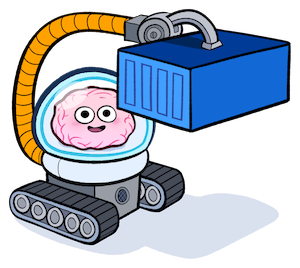Add MCP Configuration
Add this configuration to~/.aws/amazonq/mcp.json:
Add Agent Rules
Save agent instructions to your project root:Trust Only Container Use Tools (Optional)
Video Tutorial
Watch the Amazon Q Developer setup walkthrough
Verification
After setting up Amazon Q Developer, verify Container Use is working:- Check MCP Connection: Amazon Q should recognize Container Use tools
- Test Environment Creation: Ask Amazon Q to create a new environment
- Verify Isolation: Multiple environments should work independently
Troubleshooting
Amazon Q doesn't recognize Container Use
Amazon Q doesn't recognize Container Use
- Verify the
cucommand is in your PATH:which cu - Check MCP configuration syntax
- Restart Amazon Q after configuration changes
Permission errors
Permission errors
- Ensure Docker is running and accessible
- Check file permissions for configuration files
- Verify
cu stdiocommand works:echo '{}' | cu stdio
Tools not appearing
Tools not appearing
- Check your Amazon Q MCP server logs
- Verify Container Use tools are enabled in settings
